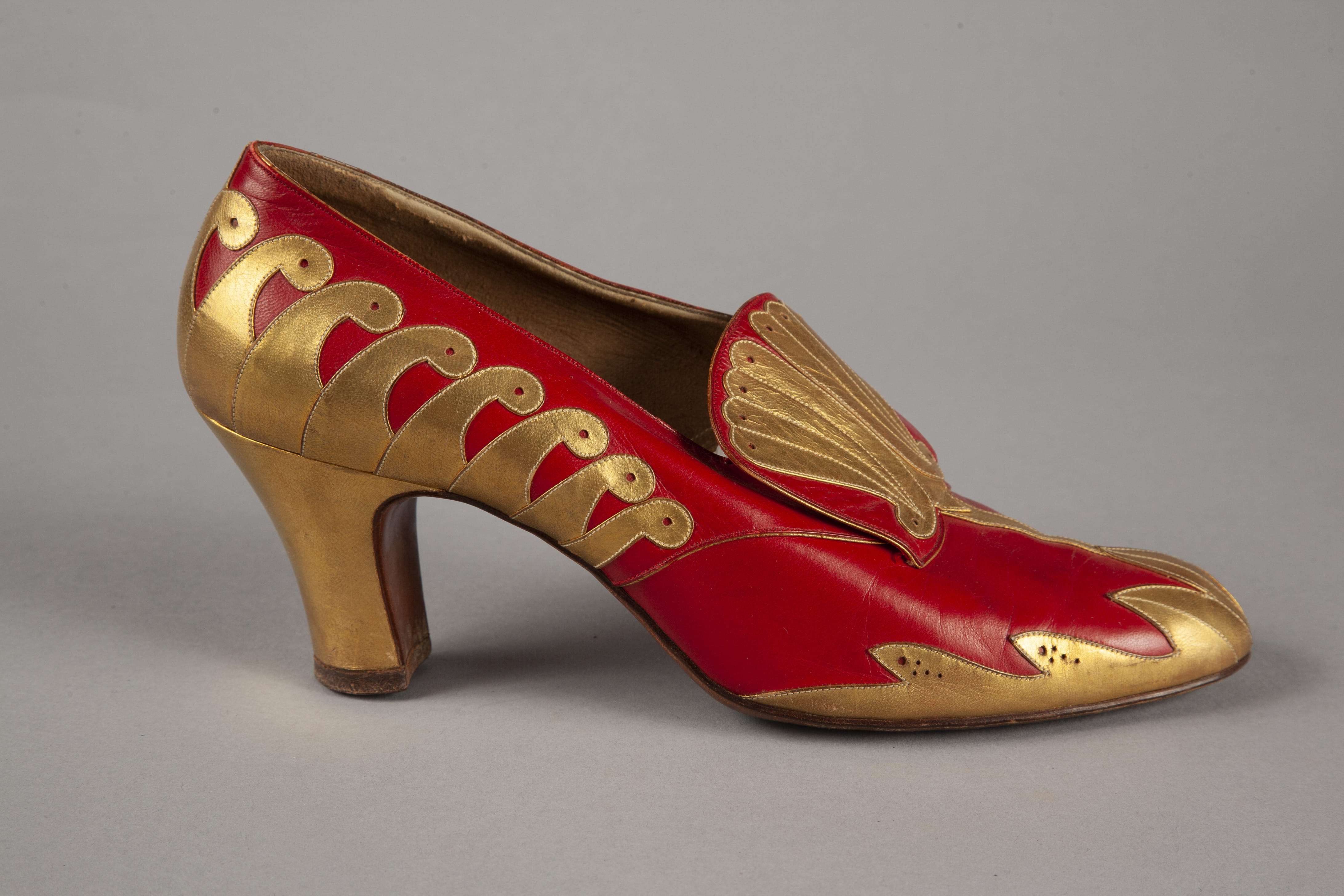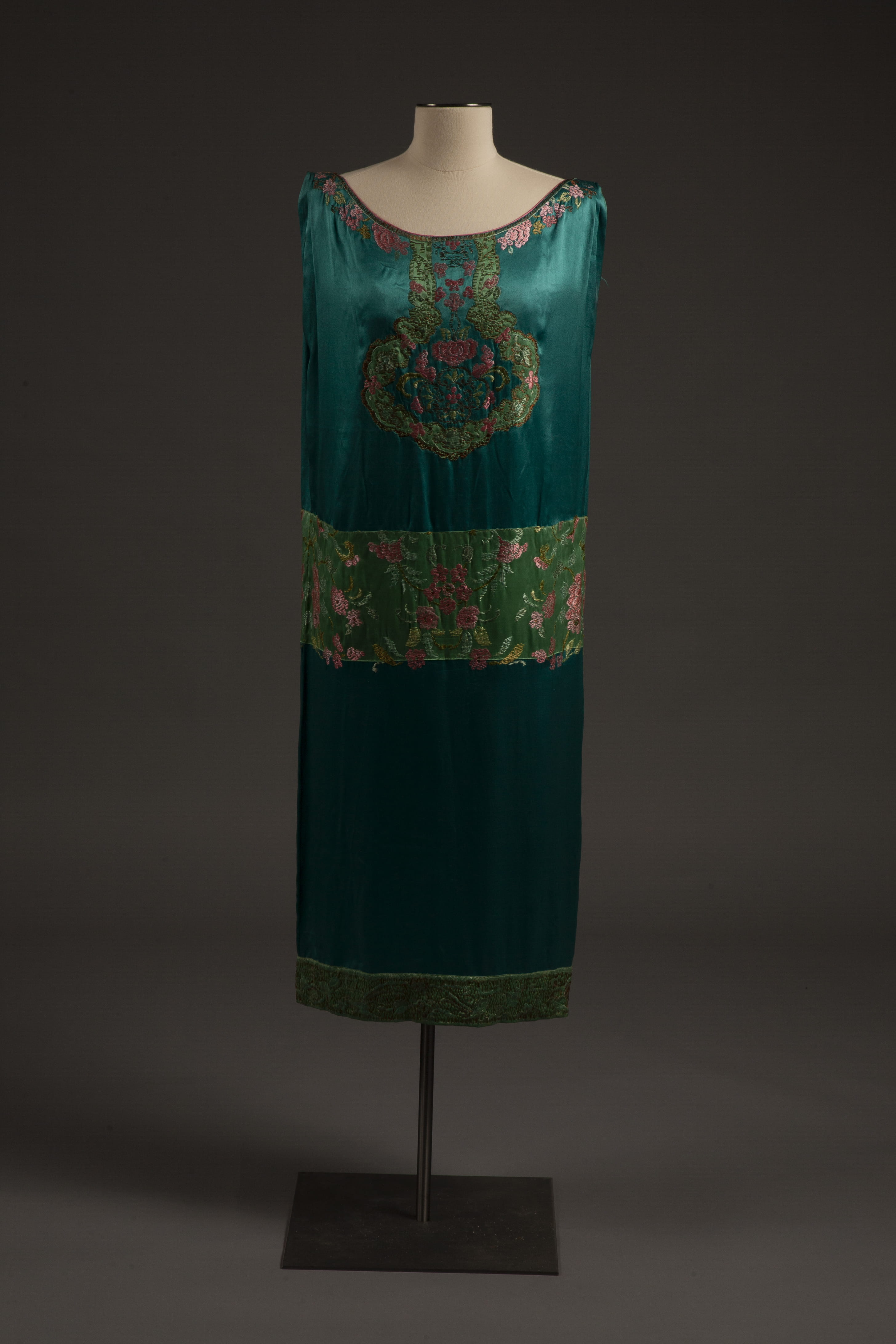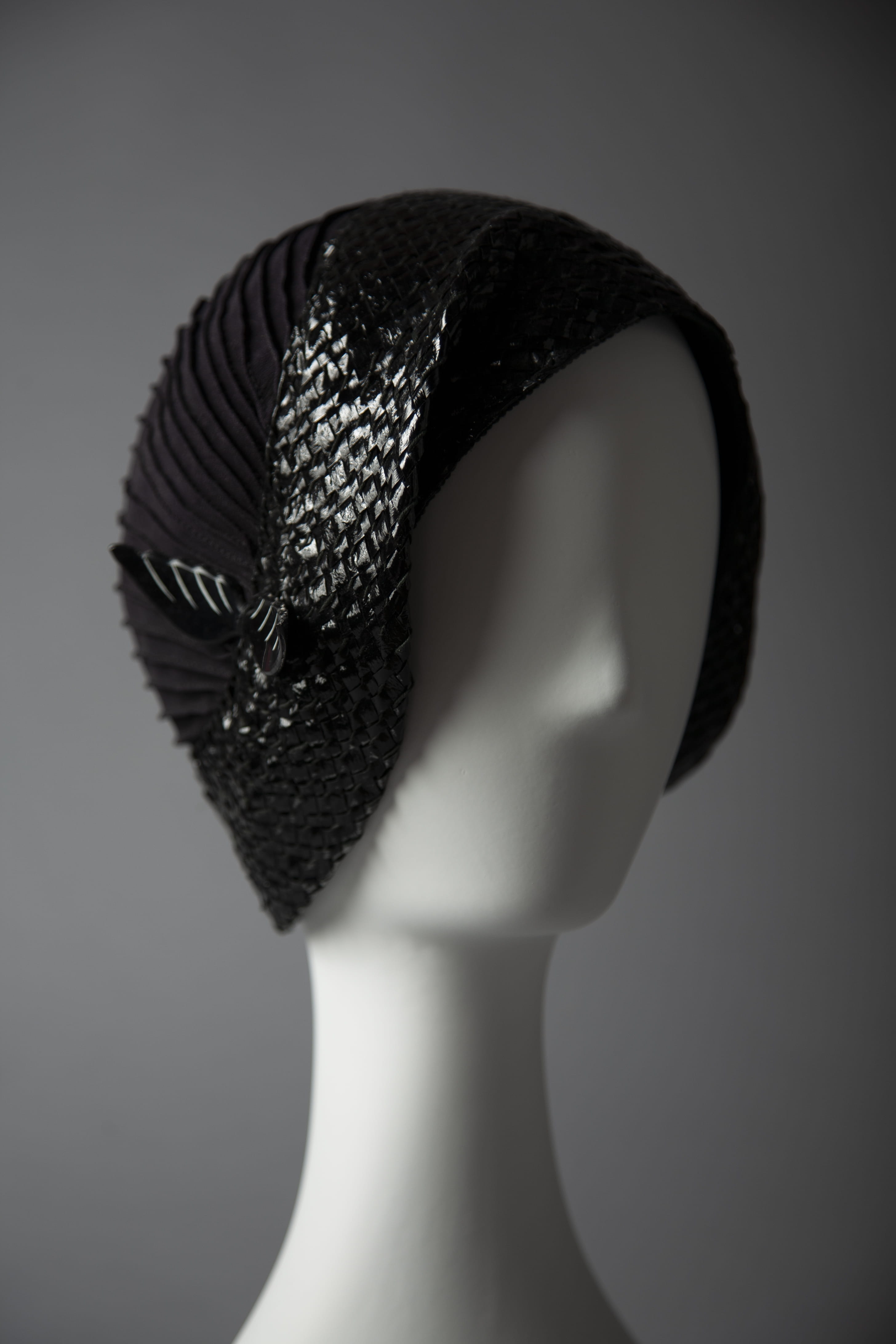Fashion From the 1920s Roars Into Display for Drexel’s New Fox Historic Costume Collection Exhibition

- Drexel Selects New, World-Class Life Sciences Building at 3201 Cuthbert Street for Medical Research Operations
- Breakthrough on Gene Therapy for Hereditary Spastic Paraplegia
- Drexel Environmental Collaboratory Releases Cross-Sector Findings on Severe Weather Recovery Challenges
- Student Sketches Bring Drexel’s Historic Objects to Life

A stunning collection of women’s fashions from the 1920s will be on display from Friday, Nov. 5 – Friday, April 8, as part of Venus & Diana: Fashioning the Jazz Age, presented by Drexel University’s Robert and Penny Fox Historic Costume Collection (FHCC) of the Antoinette Westphal College of Media Arts & Design.
During this fascinating decade, designers, retailers and manufacturers offered a wide assortment of garments that reflected the rapid pace and shifting demands of modern life. The special exhibition will feature approximately 40 garments from influential designers such as Gabrielle “Coco” Chanel, Madeleine Vionnet, Paul Poiret, Jean Patou, and for the true connoisseurs, Callot Soeurs. These garments will be accompanied by a selection of related accessories, illustrations and photographs.
“In 1924, Jean Patou launched a campaign to hire four American models for his Parisian couture house, and while he was careful to stress ‘the exquisite desirability of both the rounded French Venus and the slender American Diana,’ his search reflected a growing tension between the adherence to couture tradition and the adoption of styles based on active sportswear,” said Clare Sauro, director of the Fox Historic Costume Collection and assistant professor in Westphal College. “Patou recognized that youth was driving fashion trends and shrewdly capitalized on this market.”

The younger generation's detached enthusiasm for all things modern was a collective manifestation of grief after the First World War (1914-1918) and the 1918 Influenza Pandemic (1918-1920). Determined to "burn the candle at both ends," young people embraced dancing, smoking, drinking, gambling and sports, in a flurry of exuberance dubbed the “Jazz Age.” This period saw the emergence of the flappers, a group of young women determined to live their lives as freely as their male counterparts. Although the flappers were controversial at the time, they remain a potent image of feminine beauty and freedom that resonates to this day.
“Venus and Diana: Fashioning the Jazz Age, will go beyond the flapper to present an in-depth view of women’s fashions during this revolutionary decade,” Sauro said.

The FHCC, heralded as a “world-class collection of fashion and textiles” by The Wall Street Journal, has grown exponentially in the last decade. Drexel founder and philanthropist Anthony J. Drexel believed that the study of art and design was essential to a well-rounded education and specifically set aside significant funds for the purchase of art and artifacts.
The FHCC includes a custom-built 1,100 square-foot gallery space, designed by Atkin Olshin Schade, which hosts two exhibitions of historic dress annually. The FHCC also houses Drexel’s James G. Galanos Archive and the James G. Galanos study room, which accommodates students and researchers. The collection contains works by many of the most celebrated designers of the past, such as Gabrielle “Coco” Chanel, Christian Dior, Charles James and Elsa Schiaparelli.
The FHCC Gallery is open to the public Monday through Friday 9 a.m.– 3 p.m. in the URBN Center (3501 Market St.) while Drexel remains open. On Thursday, Nov. 4, more information about the exhibition will be available at www.venusanddiana.com.
Drexel News is produced by
University Marketing and Communications.